In October 1978, Huang Xiang was feeling restless and one day was moved to take out of concealment the political poems he had written during the Mao Years. He then conceived of going to Beijing to post them so people could see them, in spite of the danger still inherent in anti-Mao sentiments. Word of Huang Xiang’s plan got around in his circle of friends, and soon three of them – Mo Jiangang, Li Jiahua, and Fang Jiahua – decided to accompany him on the 1,500 mile trip to Beijing.
On October 11, 1978, with a bucket of flour paste, they proceeded to an alley off Wangfujing Avenue in downtown Beijing near the offices of The People’s Daily, and began to glue up the hundred-odd sheets of Huang Xiang’s poetry. The four brushed as big characters a series of Huang Xiang’s poems collectively referred to as “The Fire God Symphony”. According to Huang, those poems were meant “to oppose the idol worship of Mao Zedong and his personal cult, to criticize romanticism, feudalism, fascism, and modern emperorship, to completely negate the Cultural Revolution, and to appeal publicly for freedom, democracy, and human rights.”
The well-constructed poems of “The Fire God Symphony” are united in their coherent references to fire symbolism – fire, light, torch, fire god – to express a compelling discontent with reality and an open advocacy of democracy and human rights. In terms of articulating an infectious spirit of defiance and rebellion, Huang Xiang at his best stands shoulder to shoulder with other famous poet-rebels such as Guo Moruo and Walt Whitman. Huang demonstrates a rare political prescience in his frontal assault on the idolatry of Chairman Mao and his suffocating ideology. For example, in “The Fire God Symphony” he writes:
Why can one man control the wills of millions of people
Why can one man prescribe life and death everywhere
Why should we bow and worship an idol
Letting blind faith confine our will to live, our thoughts and emotions[…]
Let man be restored to his dignity
Let life become life once again
Let music and virtue be the soul’s inner essence
Let beauty and nature be man’s once again
Later on October 11, a curious crowd gathered in the alley off Wangfujing Avenue and soon spilled out onto the avenue, causing a huge traffic jam. Sympathizers linked arms to protect the four from the surge of the crowd. Huang Xiang, encouraged by the crowd, recited all of his poems from memory (some six hundred lines). That night people crowded the alley trying to read the poems by torch light.
Later recalling these events, Huang Xiang wrote:
We “set fire” on Wangfujing Avenue in Beijing. Myself and my three friends, Li Jiahua, Fang Jiahua, and Mo Jiangang, put up my poem “The Fire God Symphony” in big character posters. This first batch of posters lit a spark for seeking enlightenment and freedom in Communist China. We founded and published the first independent periodical ever, called Enlightenment, and staged a poetic campaign to advocate human rights and freedom of expression.
On November 24, 1978 they returned and posted big character posters (dazibao) on seventy yards of fence near Mao Zedong’s mausoleum in Tiananmen Square. Huang Xiang then brushed two big character posters on the spot, “The Cultural Revolution Must Be Reevaluated!” and “Mao Zedong was thirty percent right and seventy percent wrong!” Both were absolute heresies even two years after Mao’s death. These astonishing statements, in full sight of the usual people lined up to enter Mao’s mausoleum, caused a sensation.
By December 1978, cultural and political activists had gravitated to Xidan, west of Tiananmen Square. Many posters appeared on a wall next to a busy bus stop. The wall soon acquired its historic name, the Democracy Wall.
The Democracy Wall Movement quickly spread from the Xidan Wall in Beijing to other walls in the city and to other cities: Shanghai, Guangzhou, Wuhan, Huangzhou and Qingdao. While most focused on economic issues and Cultural Revolution grievances, a small number emphasized political issues. Participants coordinated their actions in each city and sometimes between cities. By mid-1979, activists were beginning to set up connections between regions, which developed into a loose network. Although the activists were small in number, several hundred to several thousand at any one time, their posters, debates and magazines attracted tens of thousands of readers and listeners. Officials as well as ordinary people, who shared their revulsion at Mao’s use of terror and chaos for his own political purposes and also sought to reform the political system were among the readers and discussants at the walls.
From 1959 to 1997, Huang was incarcerated six times for political dissent and spent a total of 12 years in jail. He continued to write even though he was tortured for his work, which was completely banned in China. He has lived in exile in the United States since 1997. Huang has published poems and essays, and a bilingual edition of his Out of Communist China was published in 2003.
References:
- Xiang, Huang “Poet on Fire Inside Communist China“, (2011) Pittsburgh, The Century Mountain Press





































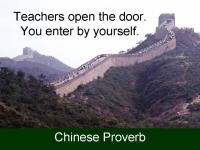


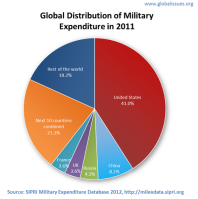
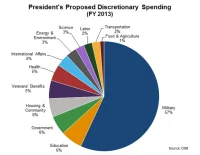




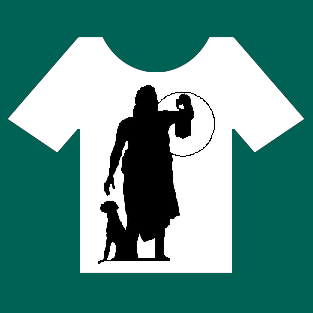



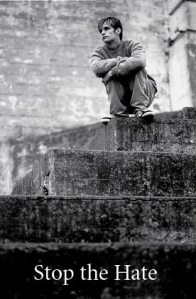








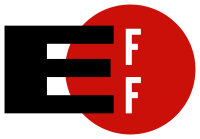
You must be logged in to post a comment.